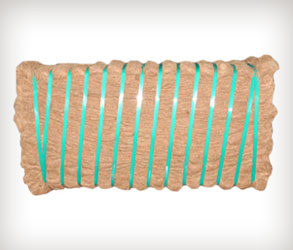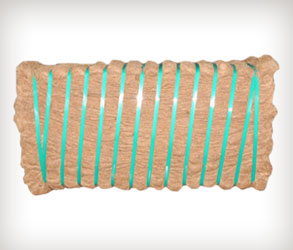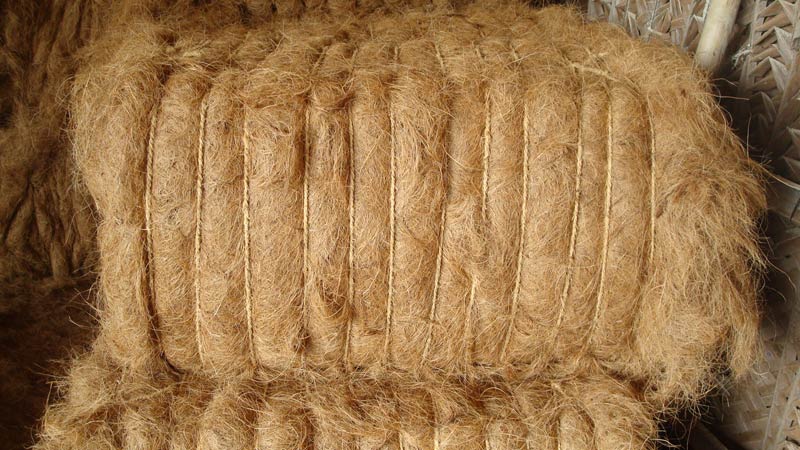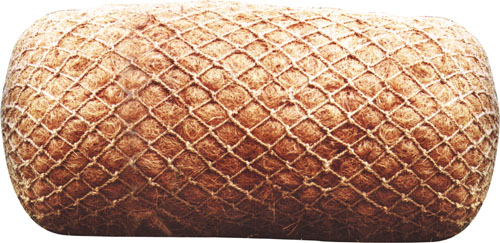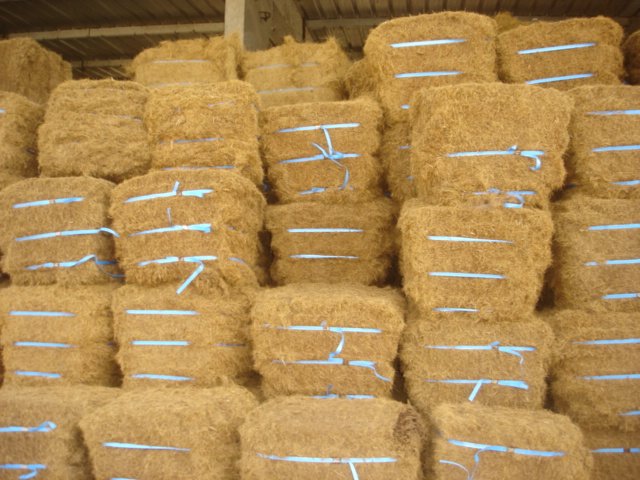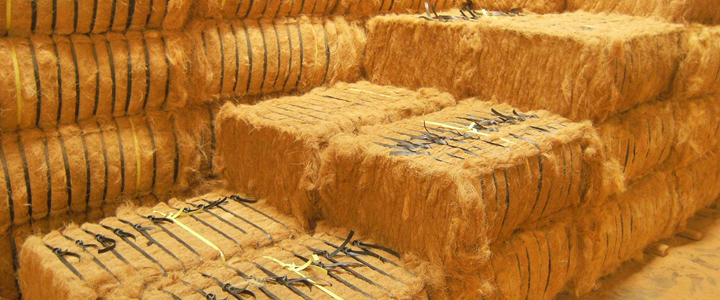Company Information
Ask for more detail from the seller
Contact SupplierA spongy material that binds the coconut fibre in the husk, coir pith is finding new applications. It is an excellent soil conditioner and is being extensively used as a soil-less medium for agri-horticultural purposes. With its moisture retention qualities, coir pith is ideal for growing anthodium’s and orchids. Available in raw form or converted into organic manure.
Details :
| Color | Coir Fiber-Brown | Coir Fiber-Yellow |
|---|---|---|
| Moisture | up to 15% | up to 15% |
| Impurity | < 3% | < 7 to 9% |
| Length | 5cm to 25cm | 5cm to 25cm |
| Load ability | 20 tons in 40 feet HC Container | 20 tons in 40 feet HC Container |
| Bale weight | 115kg to 125kg | 115kg to 125kg |
| Packing | Plastic straps | Plastic straps |
